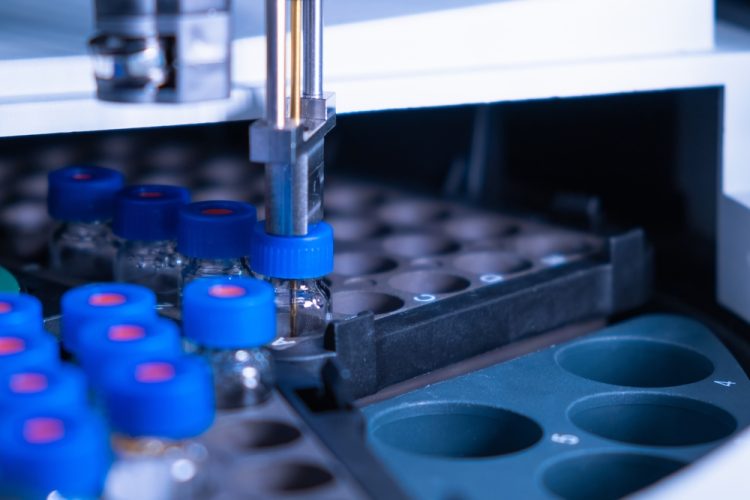HPLC determination of common cold formulations
Posted: 27 September 2022 | Hannah Balfour (European Pharmaceutical Review) | No comments yet
EPR highlights a high-performance liquid chromatography (HPLC) method which enables the detection of both chlorpheniramine maleate and ibuprofen in formulation.


Researchers have developed and optimised a reversed-phase high-performance liquid chromatography (RP-HPLC) method for the simultaneous detection of chlorpheniramine maleate (CPM) and ibuprofen (IBF) in a pharmaceutical formulation.
CPM and IBF are one of the most prevalent over-the-counter cold and cough medications, available in various multi-component formulations. Because of this, researchers have working to establish methods that can simultaneously identify and quantify some or all of the active components that are present in these formulations.
Several chromatographic methods for the determination of both IBF and CPM in certain formulations have been developed, but all of these have relatively long analysis times, ranging from 15 to 30 minutes, rendering them unsuitable for routine analysis. Thus, there is a pressing need to develop more convenient methods to provide shorter analysis times with a satisfactory limit of detection and determination.
In a study published in Scientia Pharmaceutica, Aldewachi and Omar described the development and investigation of a RP-HPLC method that is accurate, easy, specific and precise for this purpose.
Various conditions and parameters were studied for the separation of IBF and CPM, at various mobile phase ratios (MPRs), detector wavelengths and pHs of buffer under isocratic conditions. The results of validation indicated good precision, accuracy, linearity and reliability.
In the study, the resolution was maximised when using pH 3.8, a flow rate of 1.0 ml/min and an ultraviolet (UV) detection wavelength of 225nm. Using these parameters, the concentration of CPM and IBF in pharmaceutical dosage forms could be satisfactorily determined in less than seven minutes.
Using this procedure, hard gelatine capsules (HGCs) containing these two active pharmaceutical ingredients (APIs) along with one microcrystalline cellulose (MCC) excipient were examined.
The approach was shown to be linear (R2> 0.9998 for CPM and 0.9992 for IBF), precise (relative standard deviation [RSD] = 3.02 percent for CPM and 3.48 percent for IBF), accurate (percent recoveries 97.7–98.9 percent for CPM and 101–104.5 percent for IBF), specific, easy to use, sensitive, quick, and robust.
Limits of detection (LODs) were found to be 10 and 27 μg/ml for CPM and IBF, respectively.
Thus Aldewachi and Omar concluded that their RP-HPLC method “is quick and easy to use for quality control analysis of solid dosage forms that contain CPM and IBF”. Adding: “Without interference from excipients, the validated method could be utilized in regular quality control analysis of various dosage combinations of hard gelatine capsules containing CPM and IBF.”
Related topics
Active Pharmaceutical Ingredient (API), Analytical techniques, Drug Safety, HPLC, QA/QC, Therapeutics








